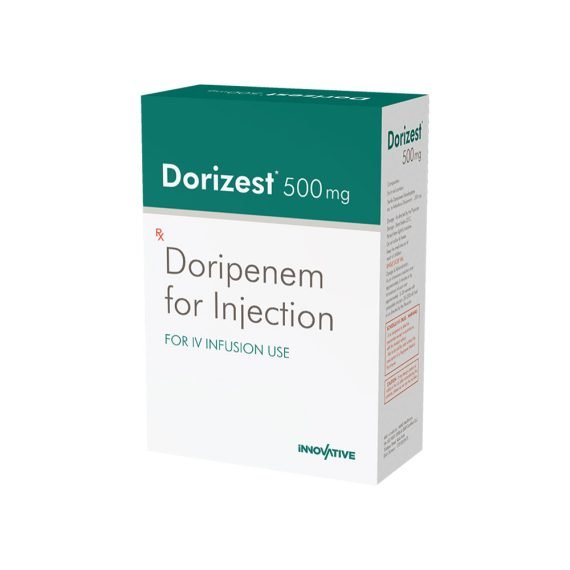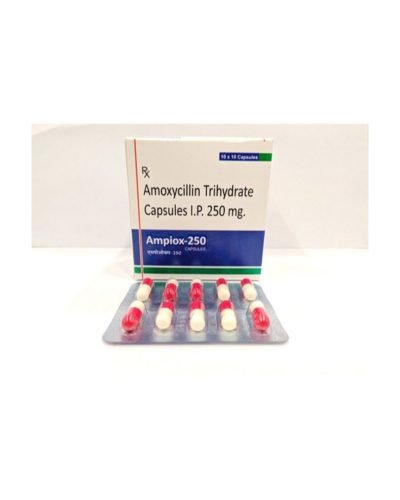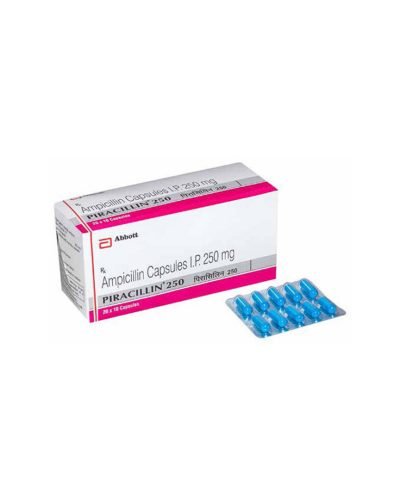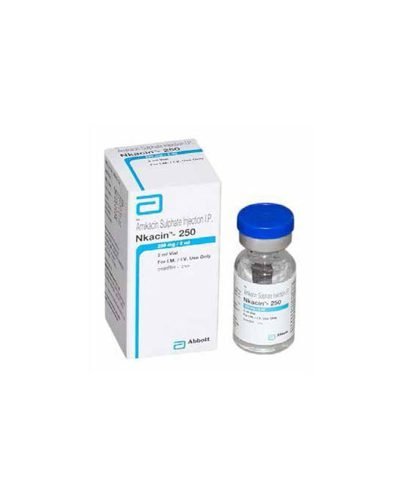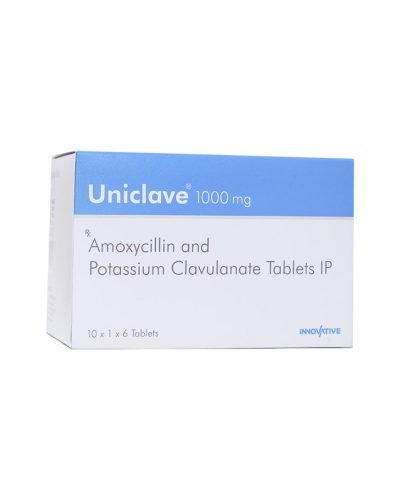Dorizest – Doripenem Injection
Description
The field of medicine is constantly evolving, and antibiotics play a crucial role in treating bacterial infections. Doripenem, a potent antibiotic, is a key player in healthcare, providing a solution to a wide range of bacterial infections. Dorizest Exporter 500mg Injection, featuring Doripenem as its active ingredient, is a valuable weapon in this ongoing battle. In this blog, we will take an in-depth look at Dorizest, exploring its mechanism of action, common applications, recommended dosages, and potential side effects.
Dorizest 500mg Injection: The Antibiotic Powerhouse
Doripenem, a member of the carbapenem class of antibiotics, is the star of the show in Dorizest 500mg Injection. Renowned for its broad-spectrum activity against various bacteria, Doripenem is highly effective in tackling complex bacterial infections. It achieves this by inhibiting the synthesis of bacterial cell walls, which eventually leads to the demise of the bacterial cells.
Common Uses of Dorizest 500mg Injection
- Intra-Abdominal Infections: Dorizest 500mg Injection is frequently used to treat complicated intra-abdominal infections, where bacteria have invaded the abdominal cavity, resulting in severe infections. It demonstrates efficacy against a variety of pathogens, including Escherichia coli and Bacteroides fragilis.
- Urinary Tract Infections (UTIs): Dorizest is an essential tool in managing complicated UTIs, especially when the infection extends to the kidneys.
- Pneumonia: Dorizest is a trusted choice for treating ventilator-associated pneumonia (VAP), a severe lung infection that affects patients on mechanical ventilation.
- Skin and Soft Tissue Infections: When skin and soft tissue infections are caused by susceptible bacteria, Dorizest can be a valuable treatment option.
Dosage and Administration
The specific dosage of Dorizest 500mg Injection depends on several factors, including the type of infection, the patient’s weight, age, and overall health. It is administered intravenously by a healthcare professional and should be used precisely as prescribed by a doctor. Standard dosage guidelines include:
- Intra-abdominal and urinary tract infections: 500 mg every 8 hours.
- Pneumonia: 1 gram every 8 hours.
- Skin and soft tissue infections: 500 mg every 8 hours.
Adherence to the prescribed regimen is crucial to ensure effective treatment and reduce the risk of antibiotic resistance.
Potential Side Effects and Precautions
Like most medications, Dorizest 500mg Injection may have side effects. Common side effects include nausea, diarrhea, headache, and skin rashes. These side effects are typically mild and tend to resolve on their own. However, more severe side effects, such as allergic reactions (hives, difficulty breathing, swelling of the face, lips, tongue, or throat), persistent or severe diarrhea, central nervous system effects (confusion, seizures, hallucinations), and kidney problems, should be reported to a healthcare provider immediately.
Patients with a history of seizures should use Dorizest 500mg Injection with caution, as it may lower the seizure threshold. It’s essential to inform your healthcare provider about any pre-existing medical conditions or allergies before starting treatment with Doripenem.
Conclusion
Dorizest 500mg Injection, featuring Doripenem, is a potent antibiotic that plays a pivotal role in managing various bacterial infections. Its broad-spectrum activity and efficacy against both gram-positive and gram-negative bacteria make it a valuable choice for healthcare professionals. To ensure safe and effective treatment, always follow your doctor’s instructions and promptly report any adverse effects. Doripenem and Dorizest 500mg Injection represent the ongoing progress of medical science in the battle against bacterial infections, highlighting the dedication to public health and patient well-being.

